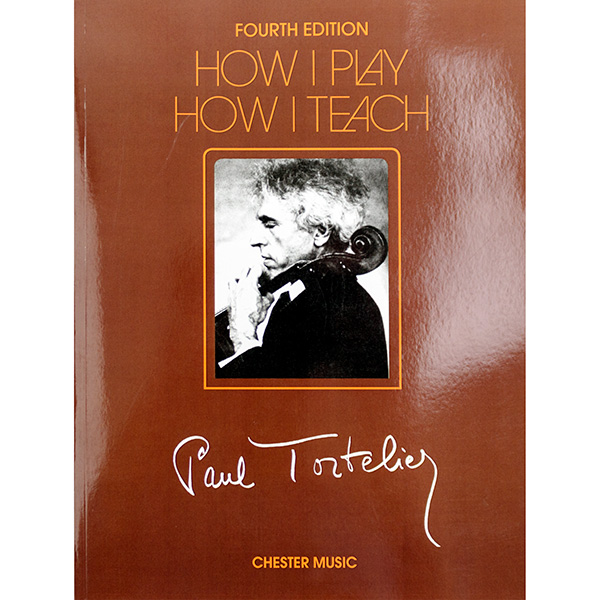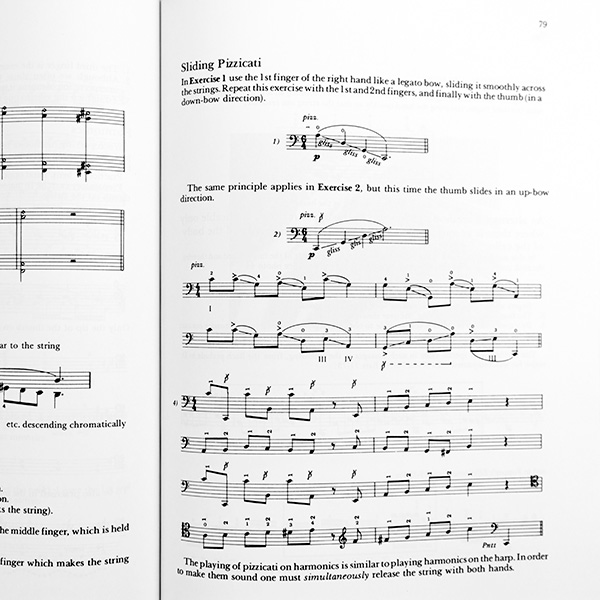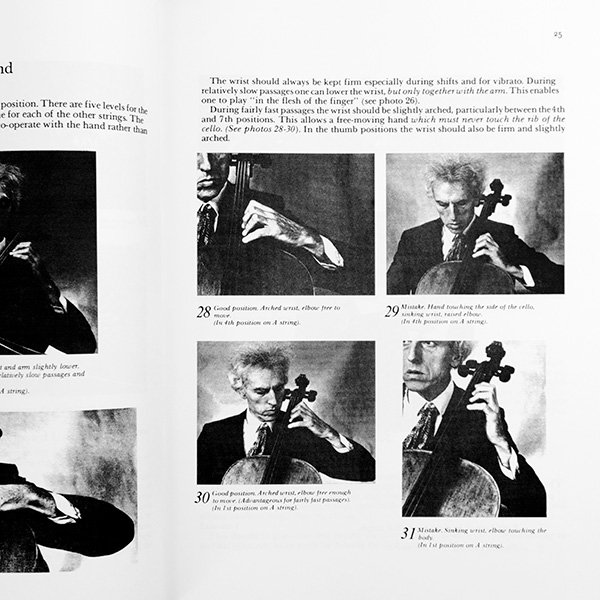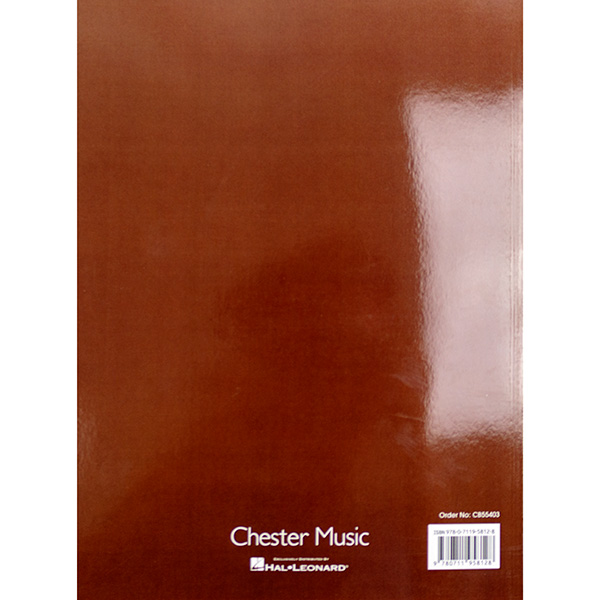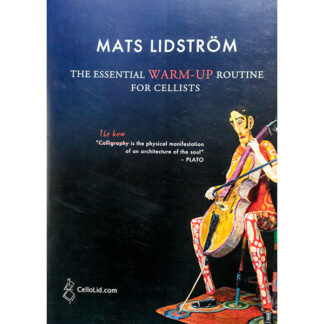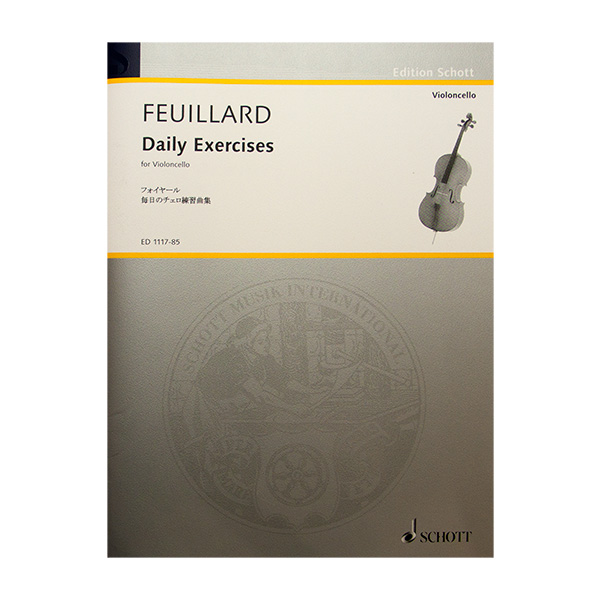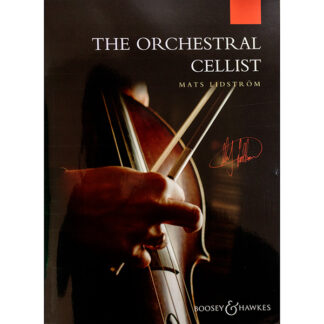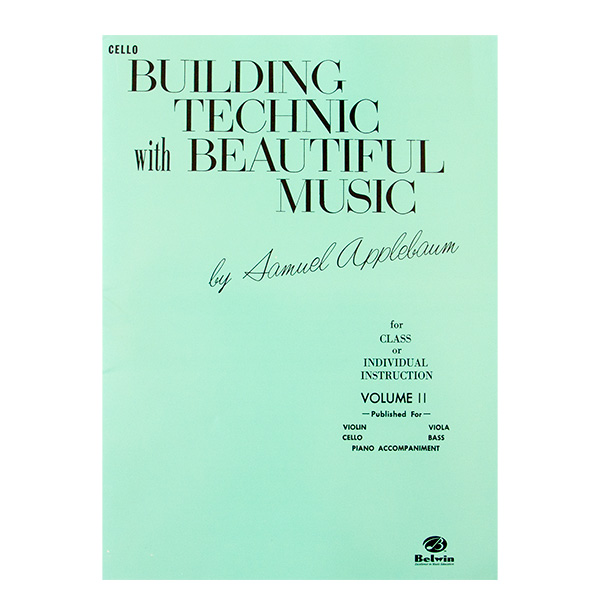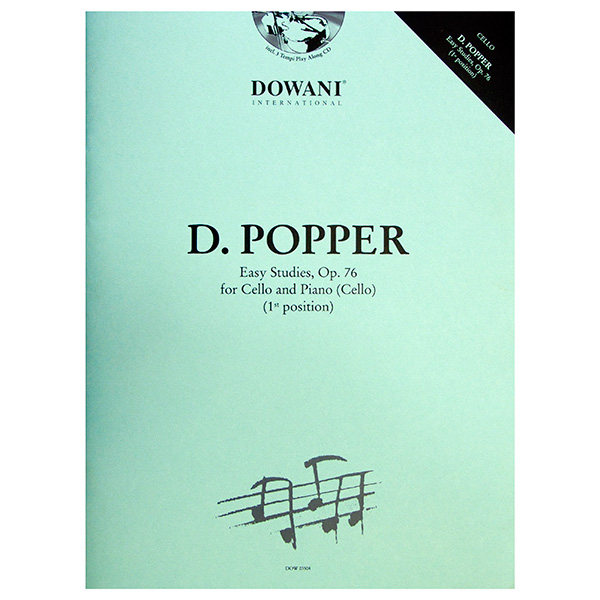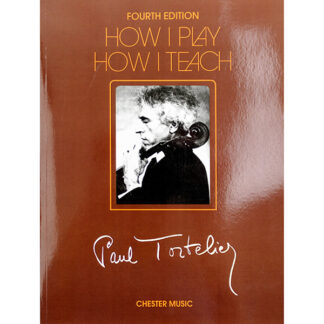Beschrijving
Deze methode How I play how I teach – Paul Totelier reflecteerd de grote ervaring van Paul Totelier als cellist en als docent. Dit boek gaat je helpen de cello techniek beter te snappen van uit het oogpunt van Paul Totelier.
– To the memory of L.R. Feuillard –
How I play how I teach – Paul Tortelier
Part One – the bow
- Position the arm
- Points of contact on the bow
- To find the hand position on the bow
- An alternative method of finding the hand of finding the hand position on the bow
- Movement of the wrist on the up-bow stroke
- Hand position on the bow and first up-bow stroke
- The role of the thumb in relation to the position of the fngers on the bow
- Weight distribution of the hand and co-ordinated use of the fingers
The Left Hand
- Positions of the arm, elbow and wrist
- Positions of the fingers
- The thumb under the neck
- Another way to find the position of the thumb under the neck
Part Two – To combat natural weaknesses – The bow
- For feeling the course of the bow in its strictly perpendicular position on the string
- To avoid tension by regulating the breathing
- To fight the immobilithy of the thumb
- To vary the tone colour and to avoid rigidity of the thumb by strengthening its first joint
- To free the index finger and stregthen the others
- To combat shocks during the changes of bow at the heel
- To develop the action of the wrist. ‘Boomerang’ stoke
- The combat the advance of the hand on the bow
- For the combined action of the elbow and wrist in up-bow strokes
- For staccato
- To dissociate the movements of the wrist from those of the arm
- Linked staccato
- For Spiccato
- To combat weakness of the little finger and obtain stability of the bow at the heel
- For sautillé
- To obtain indeendence of the elbow in relation to the wrist
- To overcome weakness of sound volume in the middle register and strengthen the sound in general
- For varying the speed of the heel
- The and variations. 66 bowings
The left hand
- For articulation
- For intonation
- For maintaining the position of the hand almost perpendicular to the strings in all regeisters
- To ensure the correct shape of the thumb in the thumbpositions
- For the study of different sliding (non articulated) shifts
- For the sudy of articulates shifts
- For independence between the left hadn and the bow during shifts
- For the study of extensions
- General points about vibrato
- Harmonics
- Pizzicati
- An alternative method of fingering in the upper registers
Part Three – eercises and miniatures
- Two exercises for velocity
- Exercise – ‘marathon anti routine’
- Three miniatures for the substitution of the fingers
- Miniature for the articulated shift
- Exercise – extentions combined with articulated shifts
- Exercise for practicing positions in the middle of the string
- Exercise for the accuracy of finger placement in the thumb positions
- Exercise for the development of the 4th finger’s agility and to train the hand to be as perpendicular as possible to the string in the thumb position
- Excersise for the eight openings or the hand in thum position
- Miniature for the development of shifts on the lower string
- Exercise and miniature to prevent the hand form a nuatural but faulty tendency to slope backwards
- Exercise for the necessery shortening of the 2nd finger by flattening it and not curling it up
- Miniature to develop the stretch between the middle fingers
- Exercise for the callouses
- Scales
- Exercise for the study of appeggios
- A new fingering t master scales in ocatves
- New figering for scales in thirds
- Exercise for the ‘pianistic passing of the thumb’ and to force the index finger to be perpendicular to the string
- Exercise for the indipendence of the fingers
- Exercise fpr practicing groupetti
- Exercise for the ‘flying thumb’
- Miniature for pizzicati, pischnetti and onglizzati
- Miniature for the left hand pizzicati, harmonics and the conjunction of the two
- Miniature for a variety of double-stops

